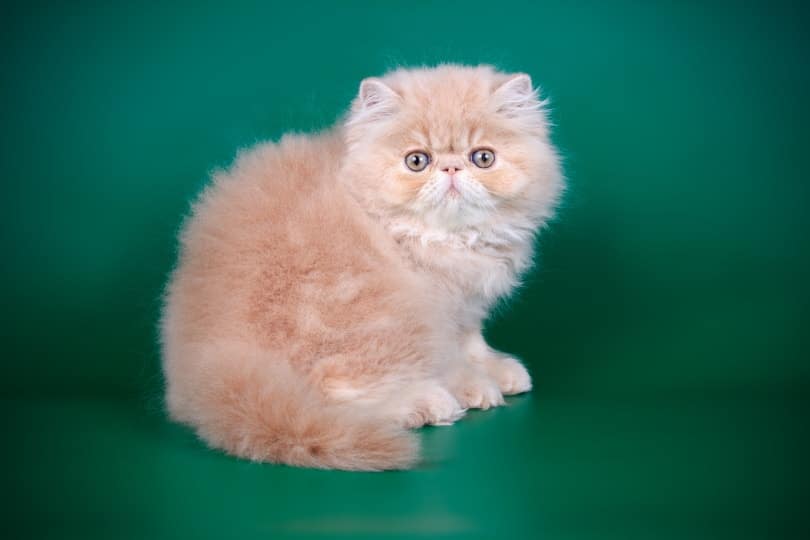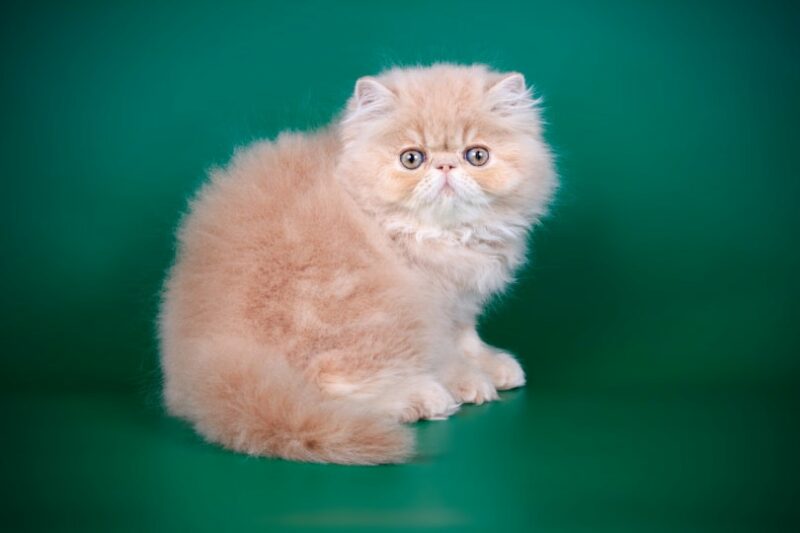Catster advocates for adopting before shopping, though we fully understand there are many reasons for seeking a breeder. So, we encourage it to be done the right way. We have not personally visited or investigated all of the breeders below. We have put the top-recommended all in one place for you to get in touch and make the best decision for you. Learn more about our stance and how to choose the right breeder here.
There is nothing like the sweet, affectionate Persian lap cats that are famous for their flat faces, chubby cheeks, and large eyes. Persian cats are an unmistakable breed and are very popular in the United States for good reason.
If you are on the hunt for a Persian cat breeder in the Sunflower State, look no further! We have located four family-owned catteries specializing in Persians.
Since these are family-run catteries that may require waitlists for kittens, you can also look at breeders in neighboring states. We’ll also include some breeders from Kansas’ nearby states that don’t require too much traveling.
The 3 Persian Cat Breeders in Kansas
1. Fancy Felines

- Wichita, KS
Fancy Felines is a small family-run hobby cattery that focuses on providing their cats and kittens with all the love and attention they deserve. Not only do they hand-raise both flat-face and doll-faced Persians, but they breed Himalayan and Exotic kittens as well. They state that their kittens freely roam their pet-friendly country home.
You can find these hand-raised kittens on the 5-acre family farm outside Wichita. The kittens are well-socialized and have age-appropriate vaccinations, a one-year health guarantee, and a veterinary checkup. All kittens from Fancy Felines are CFA Registered from champion bloodlines.
2. 23rdAvenue Persians and Exotics

- Hutchinson, KS
Northwest of Wichita in Hutchinson, Kansas, you’ll find 23rd Avenue Persians. This breeder has a variety of color variations and is more present on Facebook than on their website. Chocolate and Lilac Bi-Color Persian cats are their specialties. It is highly recommended that if you are searching for a Persian kitten, contact them via social media or phone to inquire further.
3. Harvest Hill Himalayans and Persians
- Oakley, KS
Harvest Hill Himalayans is a family-owned cattery on a small farm in Oakley, Kansas. They produce two to five litters each year and give every one of their kittens plenty of love, attention, and socialization. All cats are registered with the Cat Fanciers’ Association (CFA), raised in the home, and familiar with dogs. All the parent cats are PKD and FeLV/FIV negative.

The 2 Persian Cat Breeders in the Surrounding States
1. Balashah Persians

- Kansas City, MO
Balashah Persians is a CFA-registered cattery of bi-color and solid Persians located north of Kansas City, MO. They are a small cattery that participates in cat shows two to three times per month across the country. They began their breeding program in 2018 and strive to keep their cattery small enough so that all cats and kittens get individual attention
Balashah Persians pride themselves in producing sweet-tempered, well-socialized kittens that are prime examples of the breed standard.
2. Kaddyshack Cattery

- Cleveland, MO
Kaddyshack Cattery is in Cleveland, Missouri, just 45 minutes south of Kansas City. Kaddyshack is a CFA-registered that was established in 1988. They specialize in Shaded Silver and Chinchilla Silver Persian cats with vibrant green eyes. They also produce blue-eyed Himalayan/Persian cats. All the parent cats have tested negative for Fe-Leuk, FIV, and PKD.
All kittens come with CFA registration papers and a four-generation pedigree. They are vaccinated and wormed at 8 and 12 weeks of age and come with written health guarantees. You can check out their website for more information and have a peek at their cats and kittens.
Conclusion
Finding reputable breeders for any kind of pet can be tough, but if you do your research, you should be able to find a couple within driving distance. If not, yet you’re still determined, it’s possible to drive to nearby states to get one as well. We provided a few options of both above, so hopefully, you have found your new Persian and you will both will be on your way home soon!
Featured Photo Credit: Oleksandr Volchanskyi, Shutterstock












